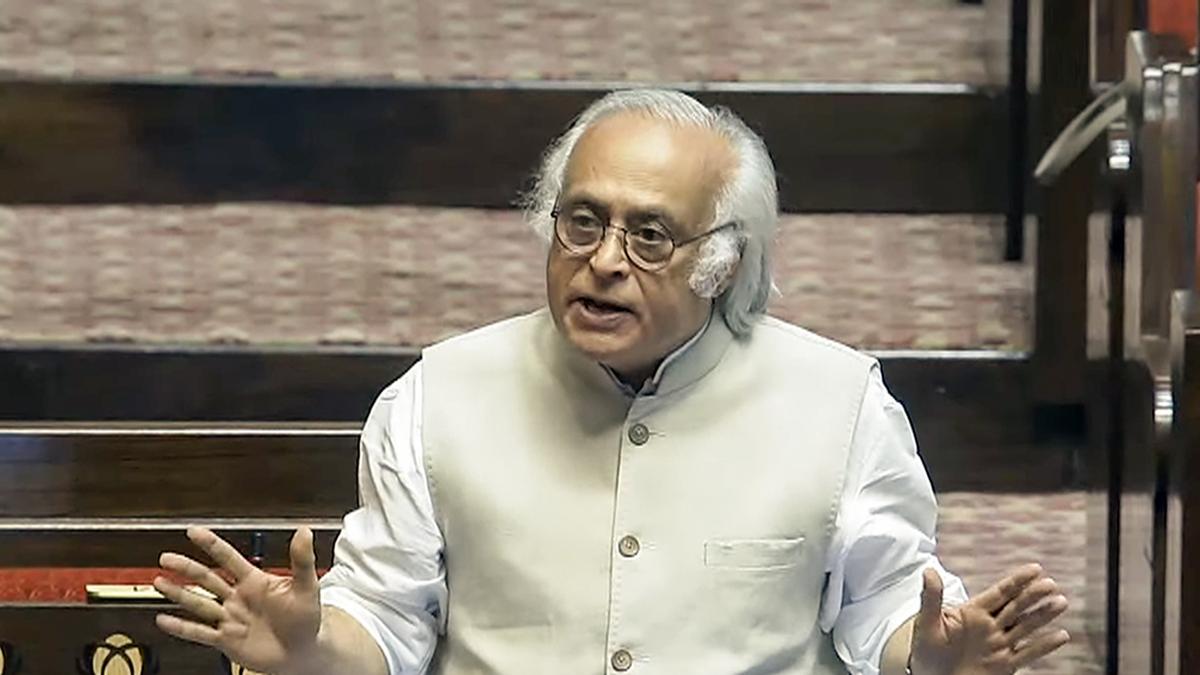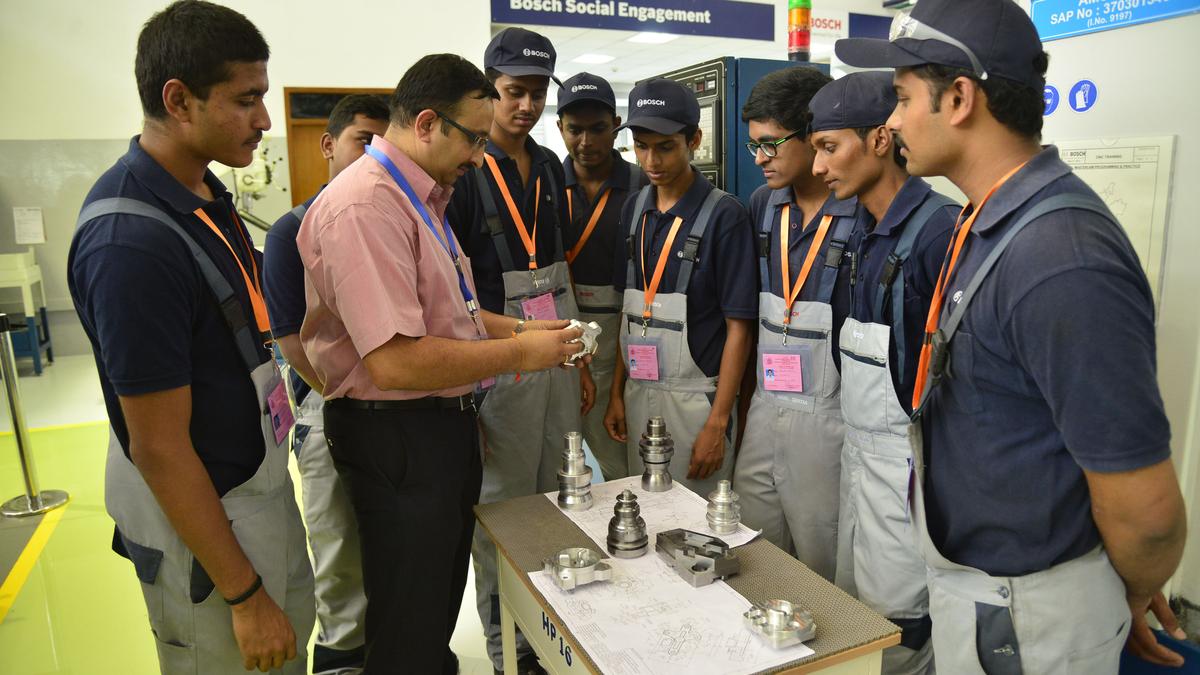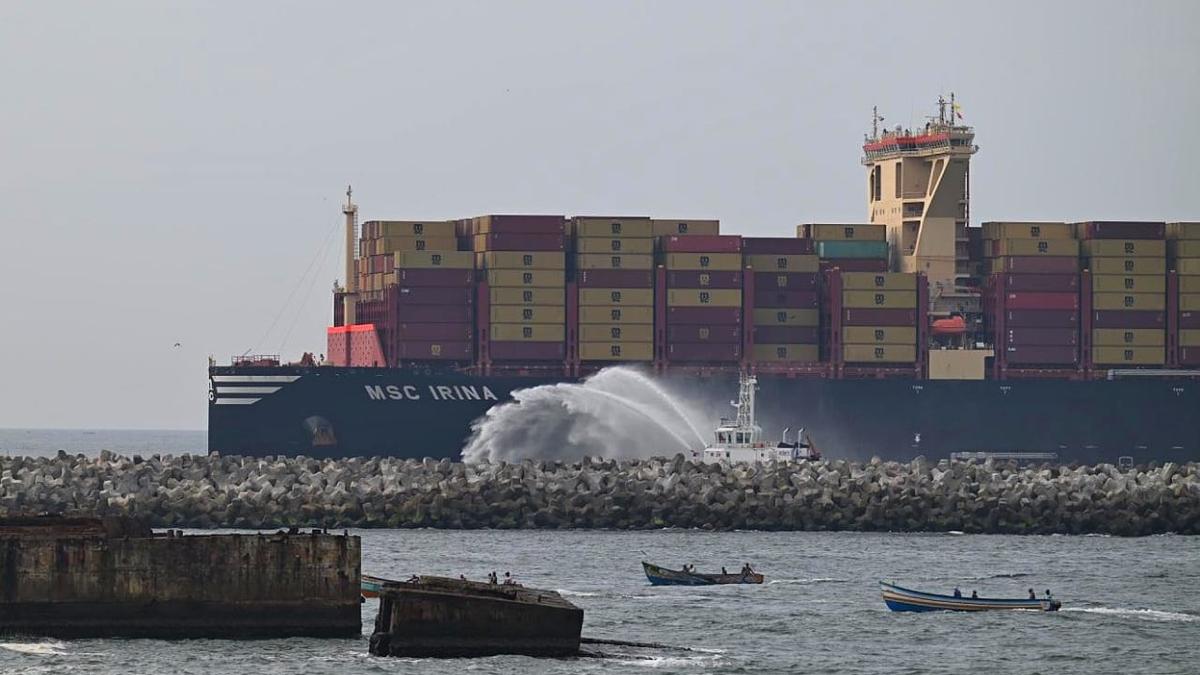The story so far: The Union Home Ministry has announced the next Census will be conducted in two phases and that the reference date for Census enumeration would be March 1, 2027.
What is the history of Census?
Census is the process of collecting, compiling and analysing the population of the country. Right from Kautilya’s Arthashastra to the administrative report ‘Ain-i-Akbari’ during the reign of Mughal emperor Akbar, there have been references to population census.
A synchronous census is where population data is collected simultaneously across the country. This kind of census was started in 1881 during the British period with W. C. Plowden being the first Census Commissioner of India. The details were collected in census schedules till Independence. The questions in the schedule underwent changes with each census but broadly contained questions relating to age, sex, mother tongue, literacy status, religion, caste etc. The last census where caste was enumerated for Hindus was in 1931.
How is the Census conducted?
The Census is a Union list subject while The Census Act, 1948 is the key legislation governing the Census process. It authorises the Central government to undertake Census operations and appoint a Census Commissioner to supervise the entire exercise. The Centre also appoints Directors of Census Operations to supervise the Census within several States, while the State governments may appoint Census officers. The staff for conducting the Census is provided by the local authorities of a State, which predominantly consists of teachers.
Since 1971, Census operations have been carried out in two phases. The first phase is the ‘house listing’ phase that collects information on housing data. This usually spreads over a period of 5-6 months. In the last Census of 2011, the house listing schedule contained 35 questions that included details like type of house, main source of drinking water, type of latrine facility, availability of kitchen and fuel used for cooking, whether the house has a television/computer/telephone, type of vehicle available etc.
The second phase is the ‘population enumeration’ phase that is usually conducted during the month of February of the Census year as the usual reference date for population count is fixed as March 1 of the Census year. This captures individual details like name, sex, age, religion, whether belonging to Scheduled Caste or Scheduled Tribe (SC or ST), mother tongue, literacy status, educational qualification, occupation etc. These details are then compiled and provisional data from the Census is released. In 2011, this data was released by the end of March. The final report with a detailed analysis of the demographic, religious, linguistic profile etc. was released in April 2013.
What is the significance?
The decennial Census had happened from 1881 till 2011 without a break in India. However, due to the COVID-19 pandemic, the 2021 Census was postponed. While the exercise could have been conducted any time after 2022, it has been continuously postponed.
The present Census can be considered the most significant in Independent Indian history due to three reasons. First, the Central government has decided to enumerate the caste details of all Hindus. All Censuses after Independence have captured only SC and ST details. The decision follows wide spread demand from Opposition parties and civil society groups to include caste details in the Census. One of the reasons for the postponement of the Census to 2027 is to undertake the preparatory work for caste enumeration. Second, since this Census would be the first one after 2026, it can be used for the delimitation exercise of determining the revised number of seats in Lok Sabha and State Assemblies.
Third, this Census would also form the basis for reserving one-third of seats for women in Lok Sabha and State Assemblies.
What should be the way forward?
The enumeration of caste details needs to be done in a systematic and flawless manner. This data will have to be used for decisions on affirmative action with respect to backward classes. Hence, adequate time for its preparatory work is necessary. However, genuine apprehensions of southern States, some of the smaller States of north India and the northeast States, about losing political significance if the proposed delimitation and consequent revision of number of seats in Lok Sabha is carried out on the basis of population as per the 2027 Census, must be heeded. Many of these States have demanded a freeze on Lok Sabha seats at the existing level. There has to be a wide-spread consensus among all the States on the formula for proportionate increase in Lok Sabha seats. Hence, this exercise of delimitation should not be rushed through before the 2029 general elections. The one-third reservation of seats for women should be implemented based on this Census from the 2029 elections.
Rangarajan. R is a former IAS officer and author of ‘Courseware on Polity Simplified’. He currently trains at Officers IAS Academy. Views expressed are personal.
Published - June 09, 2025 08:30 am IST



.png)
.png)
.png)
















 2 hours ago
5
2 hours ago
5










 English (US) ·
English (US) ·